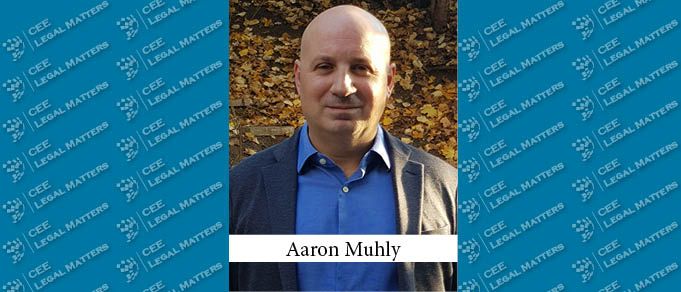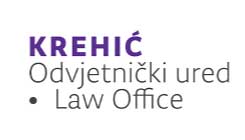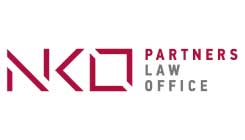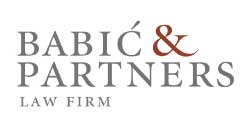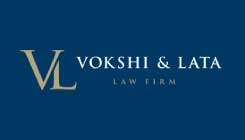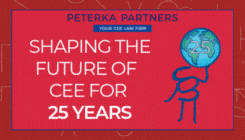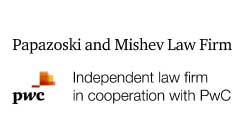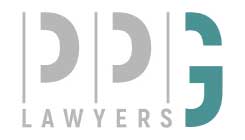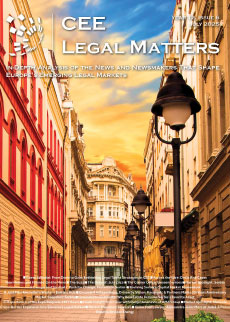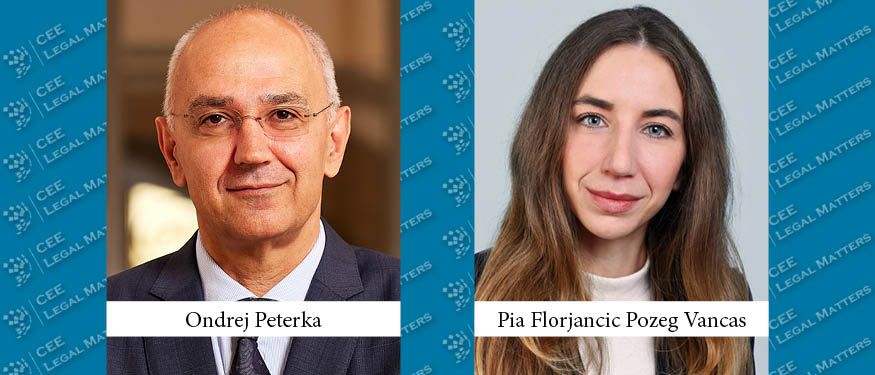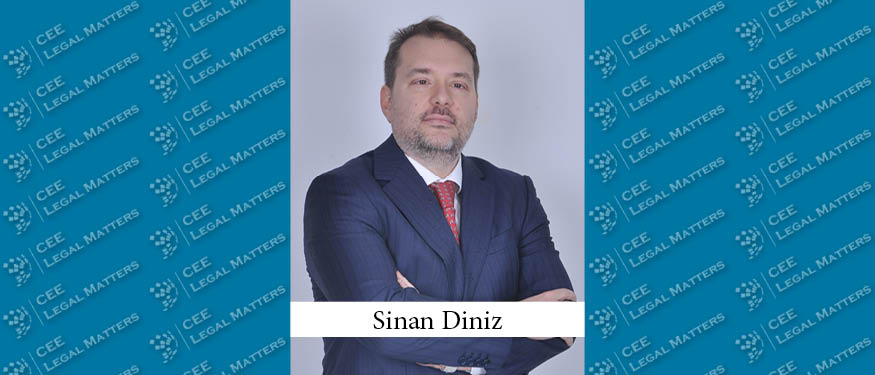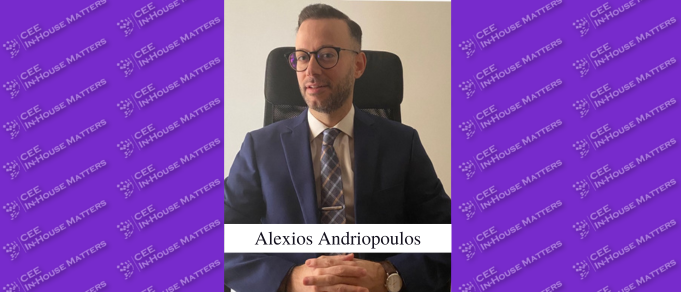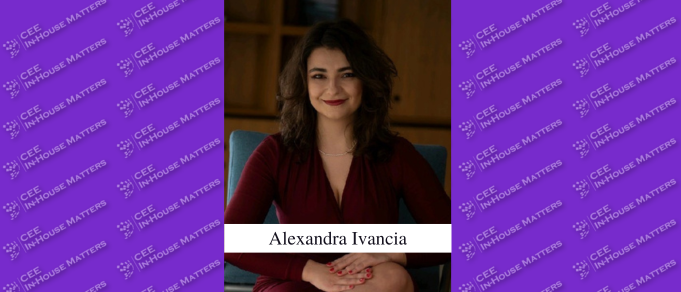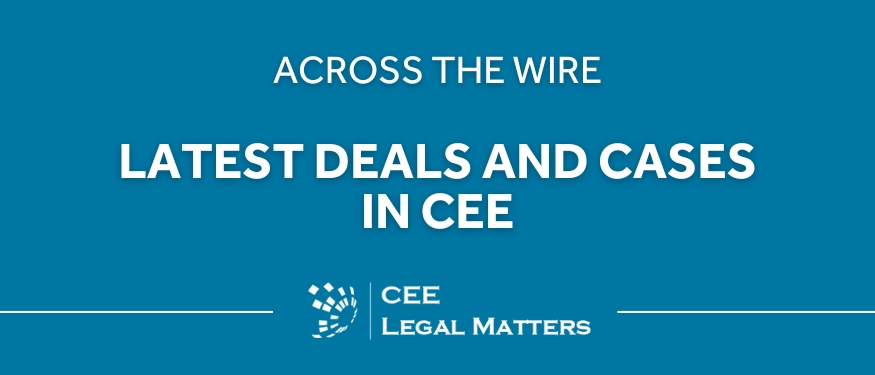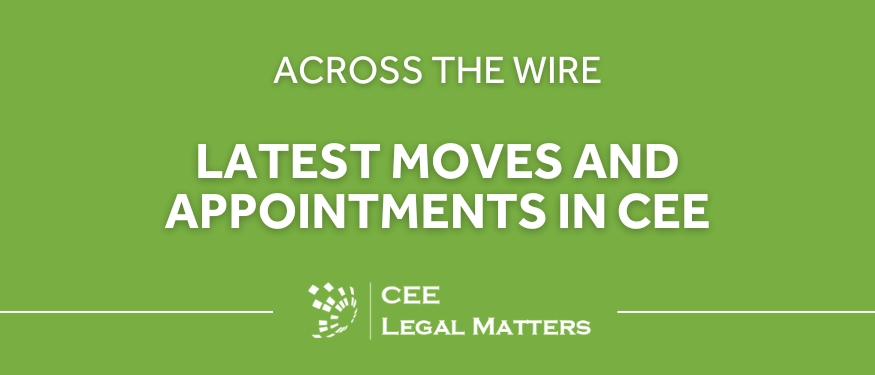In December of 2021, I had the pleasure of attending the CEELM Winter Ball, a festive event filled with good food and great discussions. Although I truly enjoyed this opportunity to catch up with old friends, I also found it fascinating to observe lawyers operating outside of their office comfort zone by partaking in the mysterious ritual of networking.
Why do so many of us struggle in networking conversations? And, what are the basics for making these conversations enjoyable? Read on to find out.
The Rainmaker Mistake
Many lawyers struggle with networking because they believe they should be playing “rainmaker”. The term rainmaker comes from the Native American Indian concept of a tribal magician who could make it rain in order to save the crops and feed the tribe. In the legal world, “rainmaker” refers to superhero lawyers having the magical ability to feed the firm by making client matters fall from the sky.
At networking events, nobody is looking to talk to weirdos pretending to have magical powers. Instead, most of us are just looking to have interesting conversations. If you are having a conversation with a potential client and they raise a work-related interest, then great – set up a meeting to pitch some work. Otherwise, don’t force things and just enjoy the conversation.
Enjoyable Conversations
If you want to generate enjoyable networking conversations, I recommend that you focus on three simple techniques: (i) asking open questions, (ii) leveraging linking words, and (iii) utilizing “Yes, and” boosters.
After you briefly introduce yourself, send the conversation in the right direction by simply asking open questions. For example, “What brings you to this event?” or “What’s the most interesting thing you have learned here?” With such questions, not only can you make it easier for your counterpart to get into the flow of the conversation, but you can oftentimes learn a great deal about his/her interests. Once you start to identify these interests, you can offer your own observations or, better yet, ask follow-up questions to deepen your understanding of their interests. In any event, most people love the opportunity to express their views, so it’s impossible to ruin the conversation by asking questions and letting them talk.
If you are concerned about how to fill the gaps in the conversation when it’s your turn to talk, focus on identifying and leveraging linking words. In particular, listen closely to what your counterpart is saying and begin your responses by linking back to some of their words. For example:
Client: “Our department is trying to shift towards a more strategic approach that prioritizes the most important needs of key business units, like sales and our licensing teams.”
Don’t: “Interesting. Did I mention that we just became 1st tier in Chambers?”
Do: “When we work with licensing experts, they usually …”
Last, but not least, you can boost the positive energy in your conversations by using the “yes, and” technique. Sometimes, lawyers introduce negative energy into conversations by utilizing “but” expressions. If you replace these with a “yes, and” approach, you can generate surprisingly positive results. For example:
Client: “We would love it if our lawyers would just get rid of billable hours.”
Don’t: “I can understand your frustration, but they are the basis of our business model.”
Do: “Yes, I can understand your frustration, and we are always looking for ways to provide greater value to our clients. What alternative fee structures do you prefer?”
Learn More
Get some good tips on networking by checking out the series of networking articles at attorneyatwork.com. Also, if you struggle with speaking in spontaneous situations, sign up for an improv acting course.
Aaron Muhly is an American lawyer who has been training European professionals on clear writing and effective communication for over 15 years.
This Article was originally published in Issue 9.5 of the CEE Legal Matters Magazine. If you would like to receive a hard copy of the magazine, you can subscribe here.

